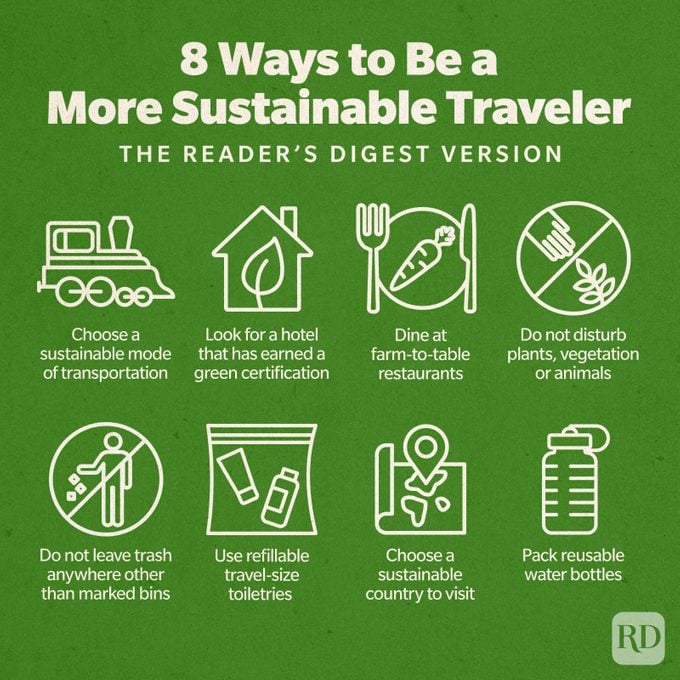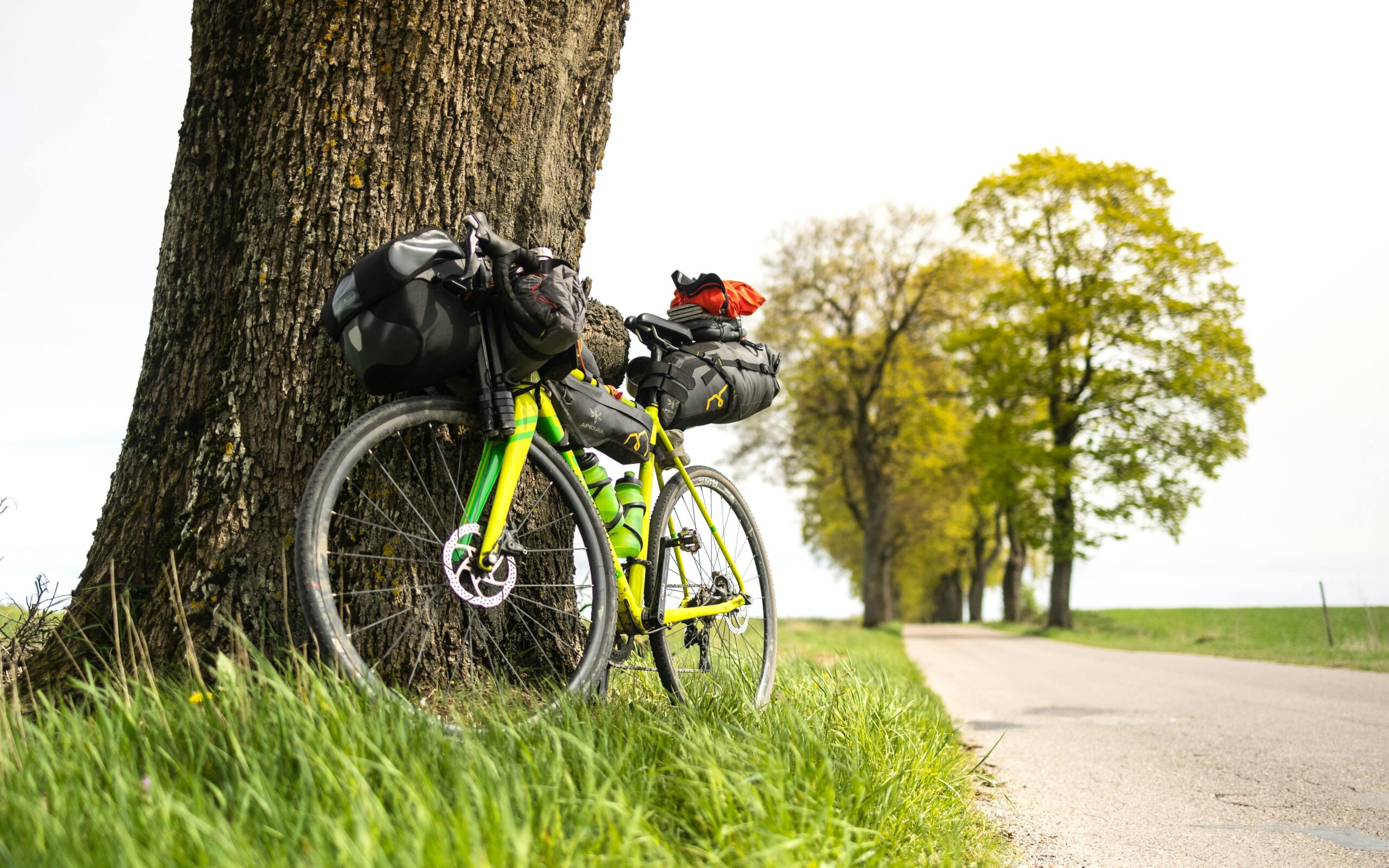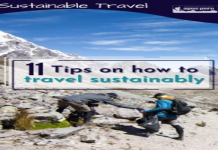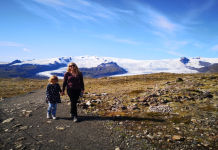Alright, so I’ve been wanting to talk about this for a while. Getting out to those really wild, far-flung places? Love it. But the thought of my trip trashing the very spots I wanted to see, or just, you know, adding to the general mess of the planet? That started to bug me. A lot. So, I decided I was gonna try and do it differently. Eco-friendly, they call it. Sounds fancy, but mostly it just meant a lot more headaches in the planning stage, let me tell you.

Figuring Out the “How” and “Where”
First off, picking a spot. I wasn’t just looking for remote; I was looking for places where my visit could either be super low-impact or, even better, maybe support some good local conservation efforts. This took ages. I mean, I was buried in maps and obscure travel forums for weeks. Not your usual quick holiday search, that’s for sure.
Then came the transport. This is the big one, right? Flights are quick, but man, they’re dirty. So, I really, really tried to avoid flying. For one trip, I ended up on a series of trains that took, no joke, three days. Another time, it involved a rather smelly ferry. Was it comfortable? Not always. Did I see a lot more? Absolutely. It forces you to slow down, which I guess is part of the point.
If a flight was absolutely the only way for a section, and sometimes it just is if you’re not taking a year off, I’d look into it. I’d try to find the most direct route, less take-offs and landings. Some folks talk about carbon offsetting. I looked into it, paid for it a couple of times. Still on the fence about how much good it really does, if I’m being honest. Feels a bit like paying to feel less guilty, but maybe it’s better than nothing. Who knows?
Packing Light and Right
Okay, packing. This became a bit of an art form. The less you take, the less impact, right? Less weight on transport, less stuff to potentially leave behind or throw away. So, I got ruthless.
- One bag. Seriously. If it didn’t fit, it didn’t go.
- Solid toiletries. Shampoo bars, solid conditioner, toothpaste tabs. No little plastic bottles leaking everywhere or getting chucked.
- Reusable everything. Water bottle with a filter (a lifesaver!), coffee cup, shopping bag. You look a bit like a walking kitchen supply store sometimes, but it cuts down so much waste.
- Layers, layers, layers. Instead of bulky single-purpose items, I took clothes I could layer up or down. Merino wool became my best friend – doesn’t stink, keeps you warm or cool.
It wasn’t about deprivation. It was just about being smart. And let me tell you, lugging one manageable bag through crowded bus stations instead of three giant suitcases? That’s a win in itself.

The Journey: Not Always a Walk in the Park
So, I’d set off. Sometimes the long train rides were amazing, watching the world go by. Other times, I was crammed in, sweating, wondering why I put myself through it. There was this one bus journey in South America… let’s just say the chickens under the seat next to me had more legroom. But you get stories out of it, right? And you meet people you’d never meet cooped up in an airport lounge.
Finding eco-friendly accommodation on the way or at the destination? That was another challenge. I wasn’t looking for five-star eco-resorts that cost a fortune. I was looking for guesthouses run by local families, places that used solar power, or harvested rainwater, or were built with local materials. Sometimes you find gems. Other times, you end up somewhere that claims to be eco-friendly but has tiny plastic water bottles in the room. You learn to ask questions. Lots of questions.
Once I Got There: Trying to Be a Good Guest
Being in these remote places, it’s a privilege. And I felt a real responsibility not to mess it up. So, “leave no trace” became my motto. Sounds simple, but it’s more than just not littering.
- Stick to paths. Those fragile environments don’t need new trails carved by clumsy tourist boots.
- Waste out. If there weren’t proper disposal facilities (and often there aren’t in really remote spots), I’d pack my trash out with me until I found a place that could handle it. Yes, even the gross stuff.
- Water wisdom. Short showers, not leaving taps running. Water is precious, especially in dry remote areas.
- Support local. Eating at local spots, buying crafts directly from artisans (if I bought anything at all), hiring local guides. Putting money directly into the community felt important.
- Respect. Culture, wildlife, everything. Shut up and listen. Observe. Don’t be loud and demanding. It’s amazing what you learn when you’re not trying to be the center of attention.
I also tried to learn a few basic phrases in the local language. People really appreciate it, even if your pronunciation is terrible. Mine usually is.
So, Was It Worth It?
Honestly? Yes. A thousand times yes. It was harder, no doubt. It took more time, more planning, and sometimes more patience than I thought I had. There were moments I just wanted a simple, easy option. But the experiences were richer. I felt more connected to the places I visited, and to the people. And I slept better knowing I was trying, at least trying, to be a more responsible traveler.

It’s not about being perfect. I’m sure I still made mistakes, still had an impact. But it’s about being conscious, making deliberate choices. It’s a learning process, for sure. And the more I do it, the more I realize it’s not just about being “eco-friendly” – it’s just a better, more fulfilling way to see the world. You see less, maybe, in terms of ticking off a checklist of sights. But you experience so much more.
I’m not saying everyone has to travel this way. But if you’re thinking about it, give it a shot. Start small. You might be surprised. It’s definitely changed how I look at travel, and I don’t think I can go back to the old way now. It just wouldn’t feel right.










